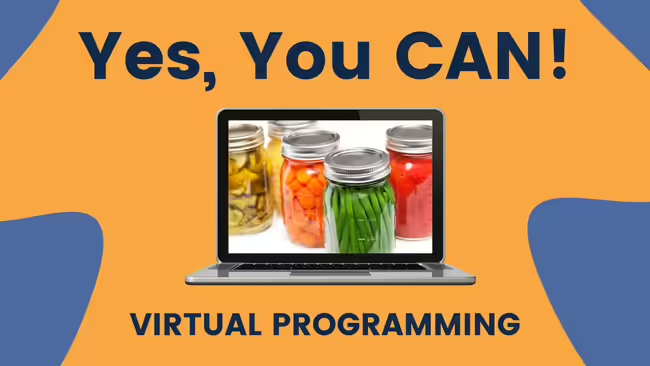
It seems as though home food preservation continues to be a growing trend. Home food preservation continues to be extremely popular, whether it is due to the increase in food costs, the desire to know what is going into your food, or because it benefits the environment by reducing one’s carbon footprint.
Canning is a great way to use the foods you have grown in your garden or have purchased from your local Farmer’s Market. Moreover, it allows you to enjoy the incredible tastes of summer all year long while keeping food safe. However, a lot of science goes into safely preserving food.
There are two canning methods: boiling-water bath canning and pressure canning. The acidity of the food will determine which processing or canning method is used. The boiling-water bath canning method is used for acidic foods, meaning foods with a pH of 4.6 or less. Most fruits are naturally high in acid and thus are safe to process this way. However, some foods, such as pickled foods, tomatoes, and figs, must have additional acids added before they can be safely processed.
Low-acid foods such as carrots, corn, green beans, potatoes, peas, and meat will not be acidic enough to prevent the growth of a dangerous bacterium called Clostridium botulinum. Therefore, these foods must be processed using a pressure canner. A pressure canner is the only safe method for processing low-acid foods because it can reach a temperature of 240 degrees under pressure.
If you are interested in learning what it takes to preserve food safely, or perhaps you simply need a refresher, this class is for you.
Participants will learn the basics of home food preservation, food safety guidelines, and the most recent methods used to preserve food safely.